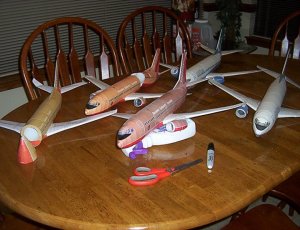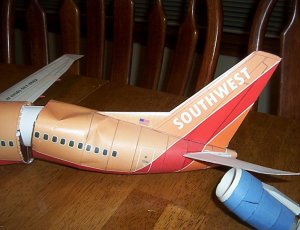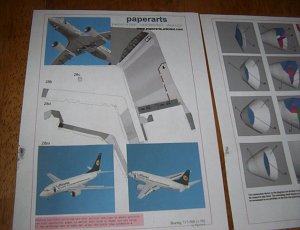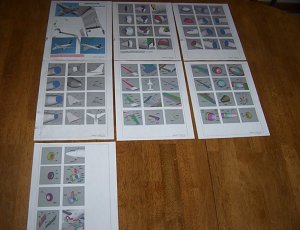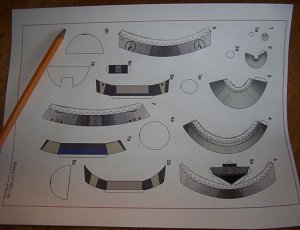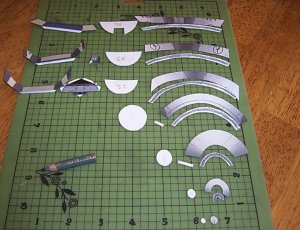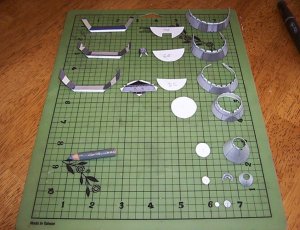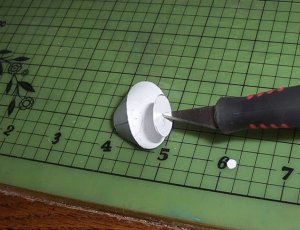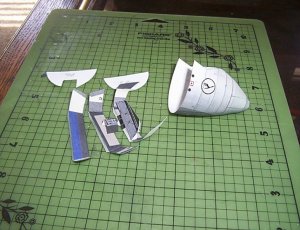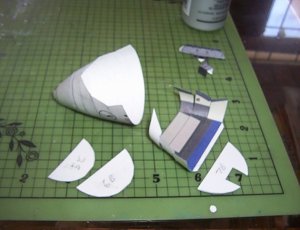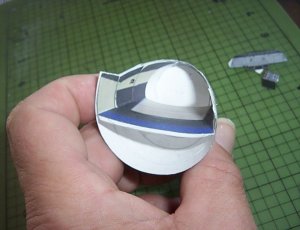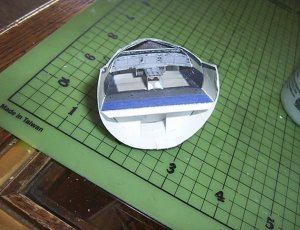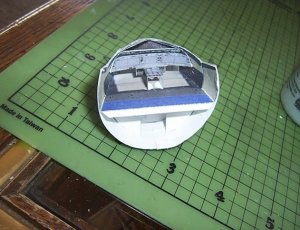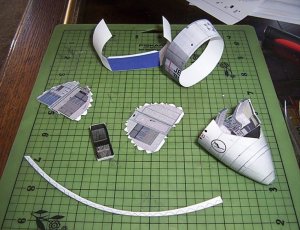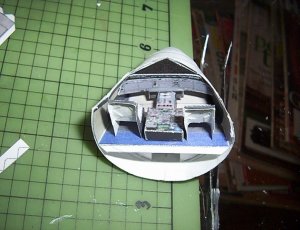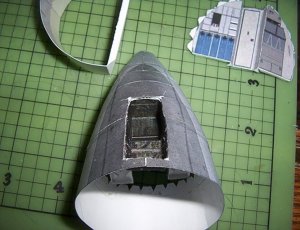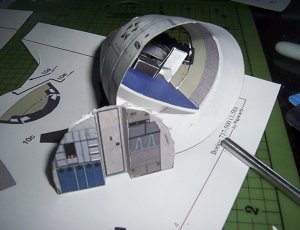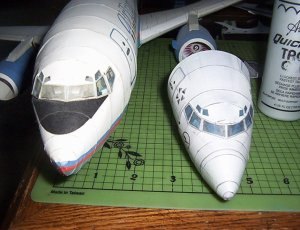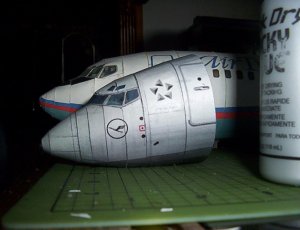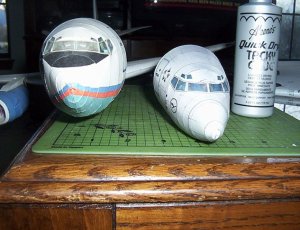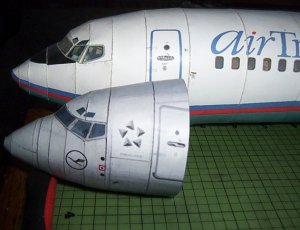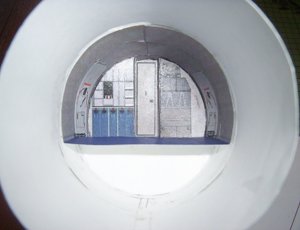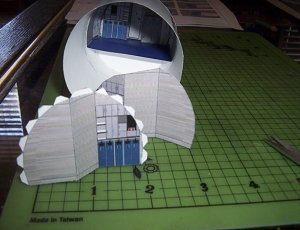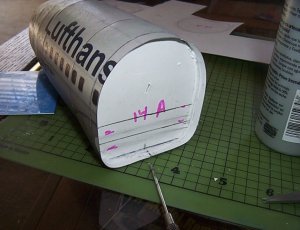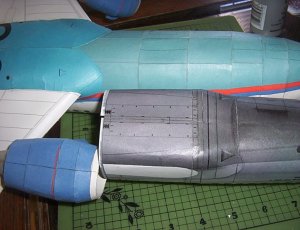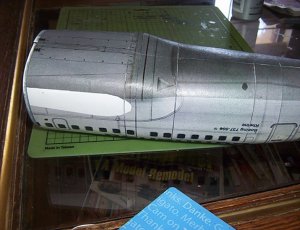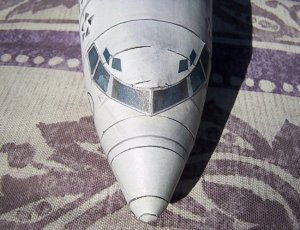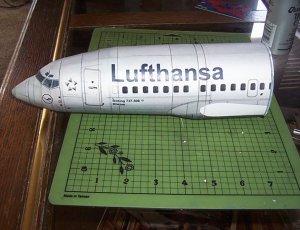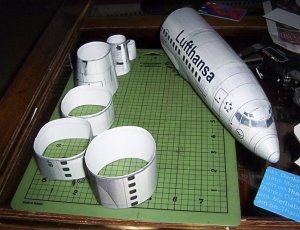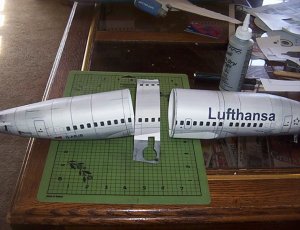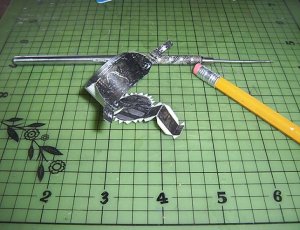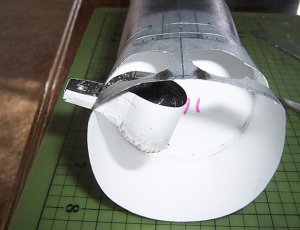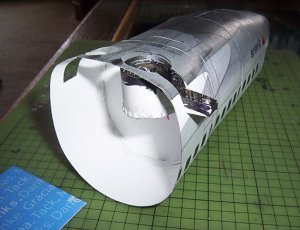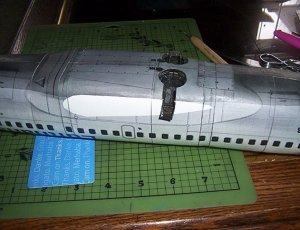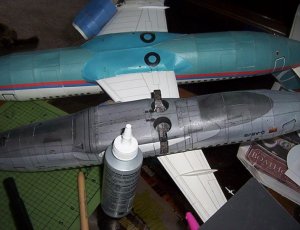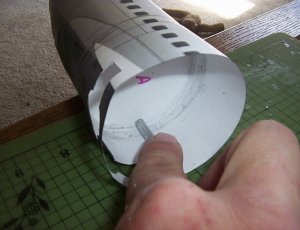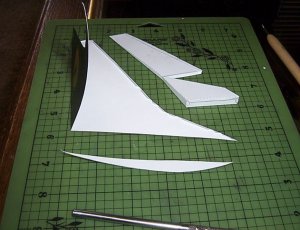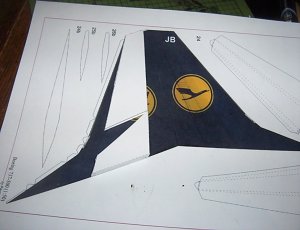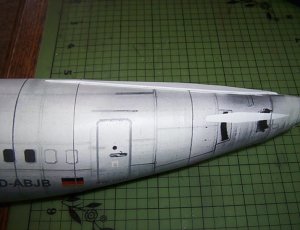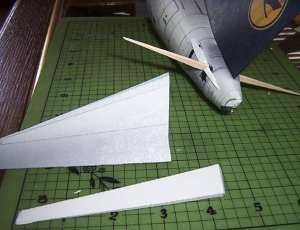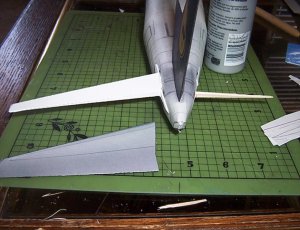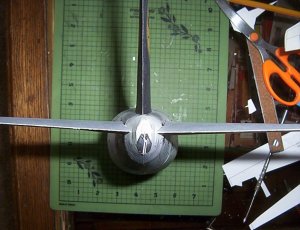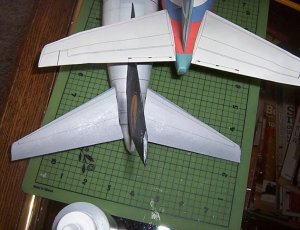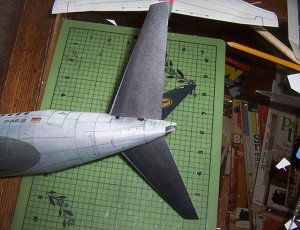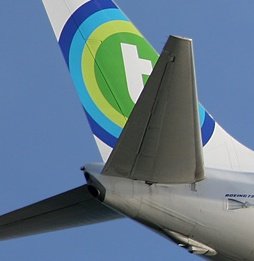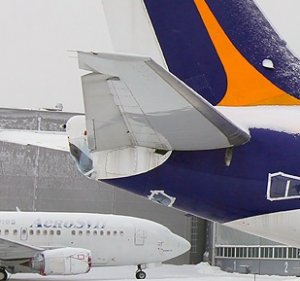I haven't completed any models in over a year, so I thought I would do a build report to keep me motivated to actually complete a model. My current fleet of 737 have been crushed and mangled over the years, so I'm going to try building the PaperArts 737. Cybermac, you're not off the hook, I want to build your version too once you get it done.
There is a thread on Zealot when the Paperarts model was originally released in 2008. I got my model from http://3d-paper-models.blogspot.com/2008/07/papermodel-of-boeing-737-500-d-abjb.htm, but the link there is now dead. The model is still available at rapidshare:
http://rapidshare.com/files/163103195/737-500_rheine_pw_165437.pdf
The model comes on one PDF file. It has a total of 32 sheets, the first seven sheets are the instructions. The instructions state that it is designed for A-4 paper. To get it to fit on the U.S. standard notebook size paper, it has to be shrunk to 44% it's original size.
The instructions are color coded for the section you will be working on. Very easy to understand, no need to have the Polish/English dictionary nearby. This should be the standard in paper models in the future.
I'm going to print out the sheets tonight and coat them with a light misting of Future floor polish applied with a small airbrush.
There is a thread on Zealot when the Paperarts model was originally released in 2008. I got my model from http://3d-paper-models.blogspot.com/2008/07/papermodel-of-boeing-737-500-d-abjb.htm, but the link there is now dead. The model is still available at rapidshare:
http://rapidshare.com/files/163103195/737-500_rheine_pw_165437.pdf
The model comes on one PDF file. It has a total of 32 sheets, the first seven sheets are the instructions. The instructions state that it is designed for A-4 paper. To get it to fit on the U.S. standard notebook size paper, it has to be shrunk to 44% it's original size.
The instructions are color coded for the section you will be working on. Very easy to understand, no need to have the Polish/English dictionary nearby. This should be the standard in paper models in the future.
I'm going to print out the sheets tonight and coat them with a light misting of Future floor polish applied with a small airbrush.


